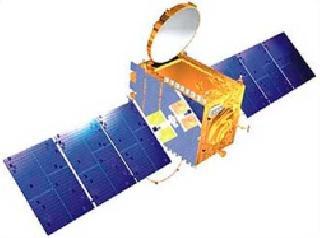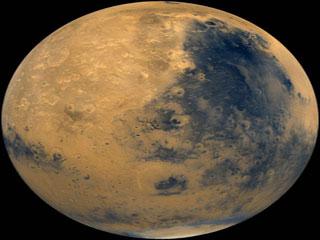
BANGALORE (PTI): India's advanced communication satellite GSAT-8 has reached the geosynchronous orbit with an orbital period of 23 hours and 45 minutes, ISRO said.
The satellite's orbit has a perigee (closest point to Earth) of 35,543 km, an apogee (farthest point to Earth) of 35,770 km and an orbital inclination of 0.04 degree with respect to the equatorial plane.
Solar arrays on both sides of the satellite have been deployed and they are tracking the Sun and generating electrical power, the Indian space agency said.
These solar arrays are designed to generate 6,240 W of electrical power. Two large dual grid Ku-band antennae have been opened and are pointing towards the Earth, it said.
On Wednesday, the satellite was put into the final orbital configuration pointing towards the Earth continuously.
GSAT-8 is presently located at 47 degree East longitude and is being moved towards its final orbital position of 55 degree East, where it will be co-located with the INSAT-3E satellite.
In Orbit Testing of 24 Ku-band transponders of the satellite is scheduled to begin on June 1 and the satellite is expected to be ready for service in about a month, it said.
Testing of GAGAN navigational payload would be conducted from the new Navigation Control Centre at Kundanahalli near Bangalore.
GSAT-8 was launched by Ariane 5 from Kourou in French Guiana on May 21.
 Previous Article
Previous Article Next Article
Next Article













The Indian Air Force, in its flight trials evaluation report submitted before the Defence Ministry l..
view articleAn insight into the Medium Multi-Role Combat Aircraft competition...
view articleSky enthusiasts can now spot the International Space Station (ISS) commanded by Indian-American astr..
view article